1. The Lawn Darts Craze
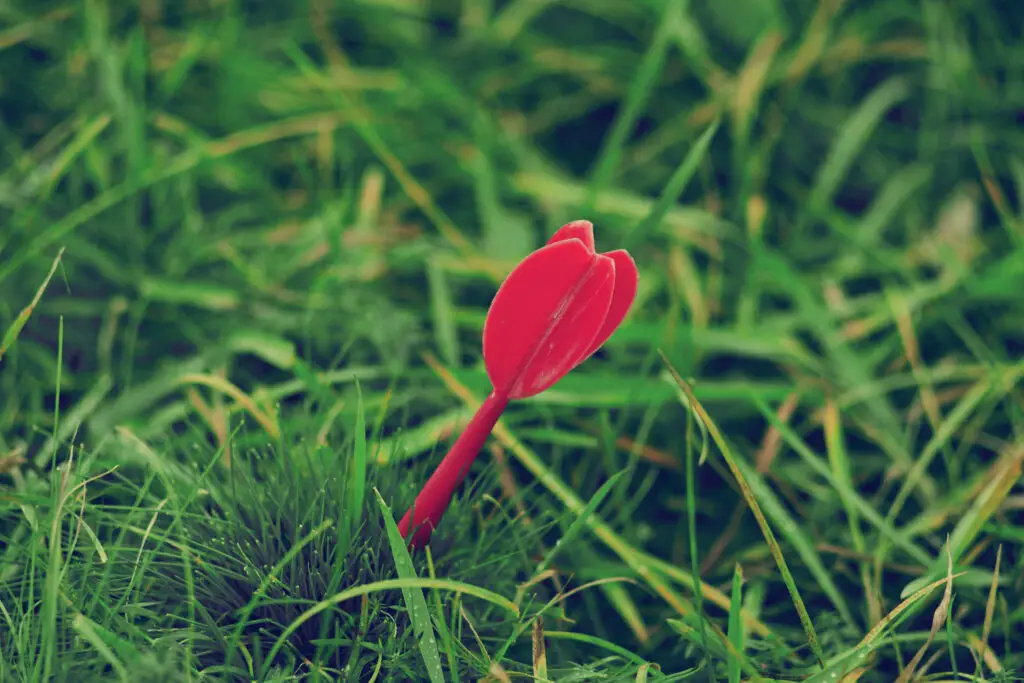
Lawn darts were once a favorite backyard game for families in the ’70s and ’80s. They were sold in mail-order catalogs as a fun outdoor activity for kids and adults alike, often described as a great way to spice up a summer day. The darts had metal tips, which, as you can imagine, made them rather dangerous. Still, they were widely popular, especially among people looking for something a little different than your usual lawn games. There was something about the simple thrill of throwing a sharp object toward a target that kept families coming back for more. It wasn’t until multiple injuries and the growing concern over safety that the darts were banned in 1988 explains Mental Floss. But for a time, they were a major hit, showing just how far people were willing to go for entertainment in the backyard says Mashable.
The allure was simple: they were cheap, fun, and came with a sense of challenge. The nostalgia surrounding lawn darts still lingers, and though they’re no longer available through most catalogs, many people look back on them fondly. If you ask anyone who grew up in that era, they’ll likely tell you about their lawn dart experiences—whether it involved a win or a trip to the emergency room.
2. The Sea Monkeys Phenomenon
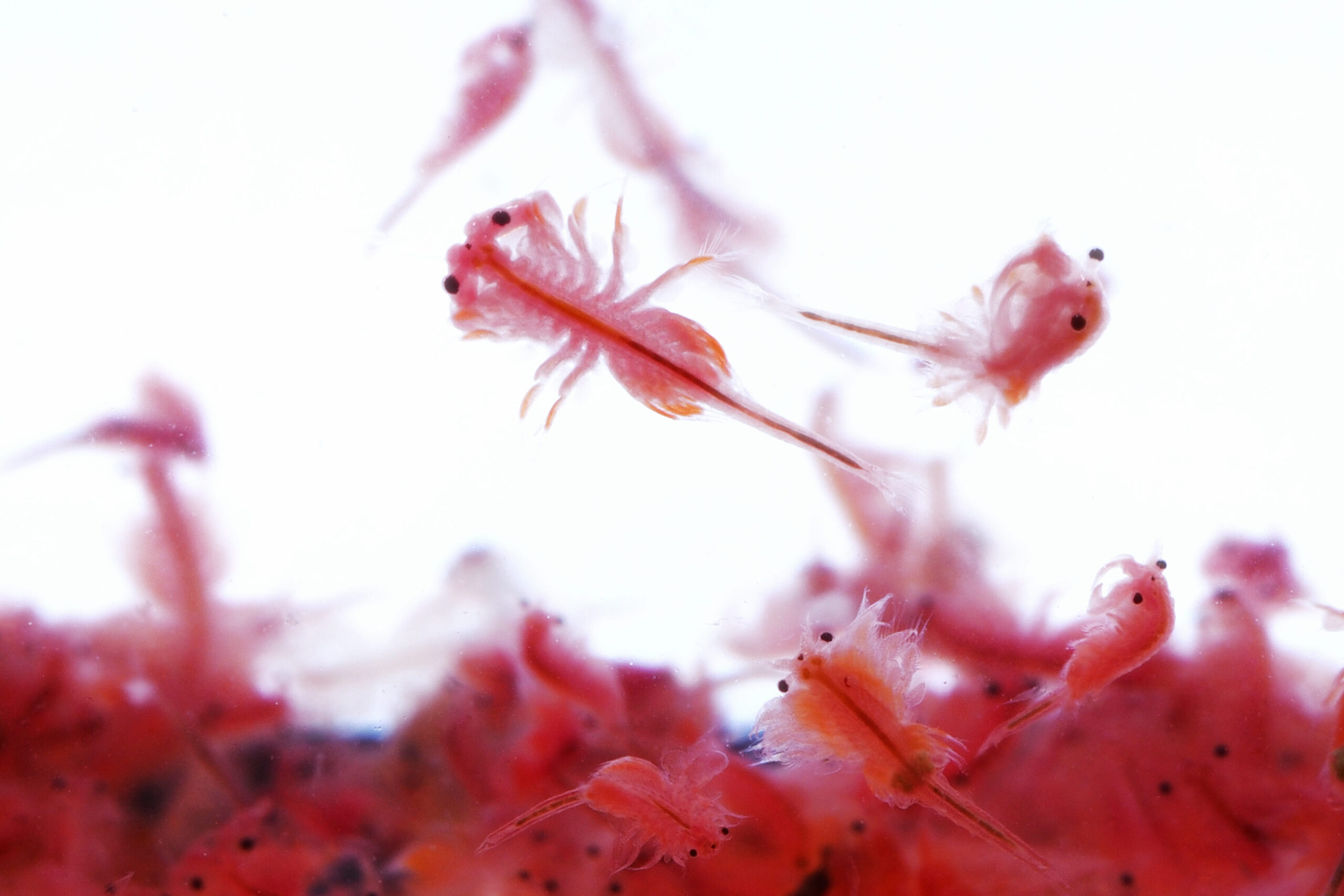
Sea monkeys—tiny creatures that hatched from eggs, looking like cartoonish little shrimp—became a massive fad after appearing in mail-order catalogs says Live Science. Sold with the promise that you’d watch these “exotic” creatures grow right before your eyes, they sparked imaginations everywhere. Advertised as a kind of “magical” pet, they were marketed to kids as the ultimate science experiment. Little did anyone know, they were actually brine shrimp, which aren’t quite as mystical as the catalog promised. Still, the idea of watching something come to life from a small packet was irresistible.
Though they didn’t turn into the fantastical creatures promised, sea monkeys became a beloved part of ’60s and ’70s childhood. Their popularity remained high through the decades, with many of us still remembering that initial excitement of seeing them move for the first time. While today’s kids have access to far more high-tech ways to explore the animal kingdom, the appeal of sea monkeys has never really disappeared. They were an early lesson in how marketing can turn a simple idea into an unforgettable part of pop culture.
3. The Chia Pet Obsession
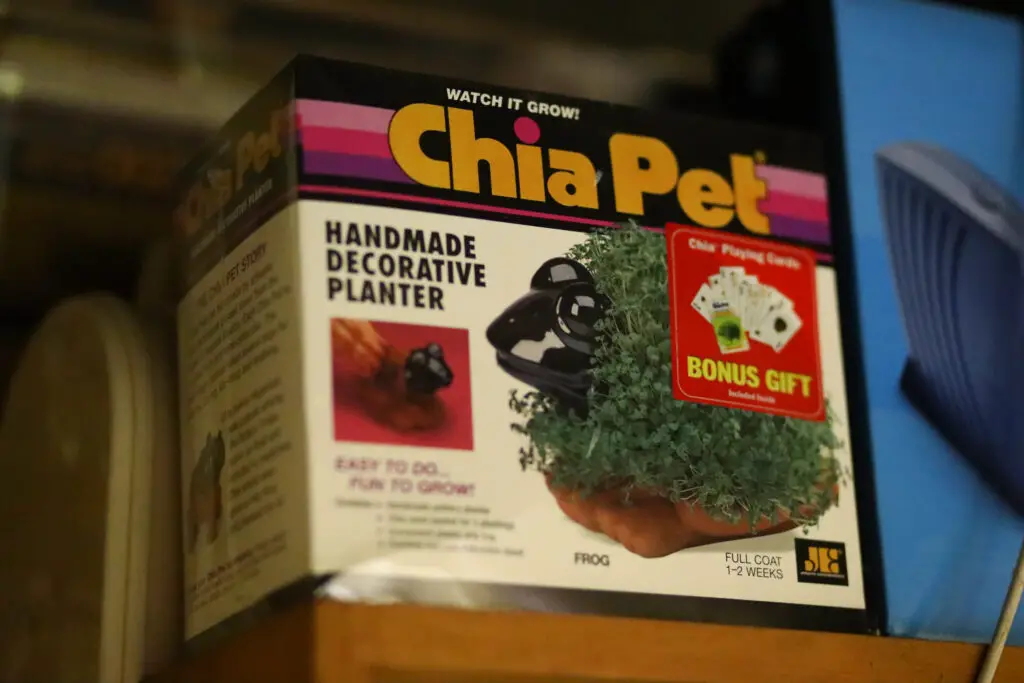
Chia Pets became a household name in the ’80s, thanks to their presence in mail-order catalogs. The concept was simple: a clay figurine (usually a character or animal) that you could grow plants on. The result was a green, bushy version of the figure, often looking more like a creature from the jungle than what was originally intended. There was something oddly satisfying about watching your Chia Pet grow over time. Whether it was a dog, a cat, or even the famous President Bush Chia Pet, they were sold as both a gardening kit and a quirky decoration explains HowStuffWorks.
While many considered it a passing fad, the Chia Pet’s continued success shows that there’s a strange charm to watching something “grow” that catches the imagination. Collectors still seek out rare Chia Pets, and some designs have even become valuable on the secondary market. No one could resist the allure of making your very own mini jungle at home, especially when it was as easy as slathering your figurine with chia seeds and waiting for the magic to happen.
4. The Pet Rock Craze
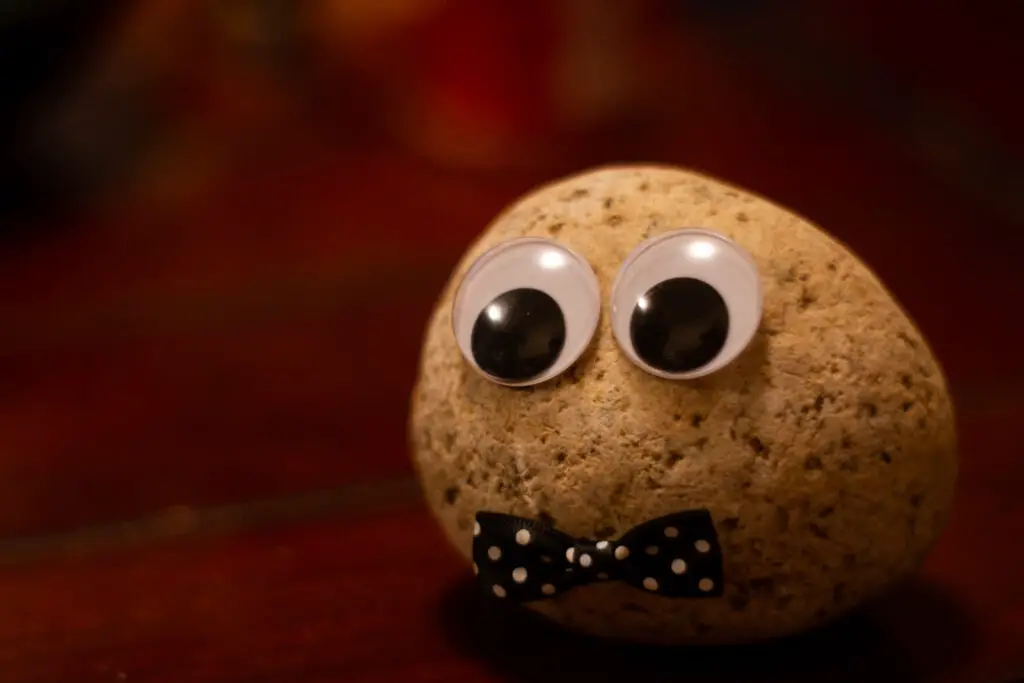
In 1975, Gary Dahl introduced the Pet Rock, and it quickly became one of the most bizarre trends ever to grace mail-order catalogs. The concept was exactly as it sounds: a smooth, rock-shaped pet that required no feeding, grooming, or walking. Packaged in a cardboard box with air holes and straw bedding, the Pet Rock was the ultimate low-maintenance companion. It might sound absurd today, but it was an absolute sensation during its brief rise to fame. People loved the idea of having a pet without the commitment.
It became a symbol of the absurdity of modern life and even poked fun at the idea of traditional pets requiring so much care. Despite its simplicity, the Pet Rock sold over a million units, and its popularity turned into a cultural phenomenon. It was marketed as a perfect gift, particularly for people who couldn’t be bothered with actual pets. In the end, the rock may not have had a personality, but it sure had a lasting place in quirky pop culture.
5. The Tupperware Lunch Box

While Tupperware has always been synonymous with food storage, its influence extended into other realms, including the lunch box. Advertised as the ideal solution for keeping sandwiches fresh and organized, the Tupperware lunch box was sold in mail-order catalogs throughout the ’60s and ’70s. It featured multiple compartments for different food items, and many people felt it was a revolutionary way to prepare and store lunch.
What made the Tupperware lunch box so appealing was its practical design and the way it promised to keep your food fresh for hours. It wasn’t just about the container—it was about convenience. The lunch box was the epitome of what Tupperware stood for: smart design, practicality, and durability. Though the lunch box fad has since faded, the brand’s legacy remains strong, and many still turn to Tupperware for kitchen storage solutions.
6. The Clown Lamp
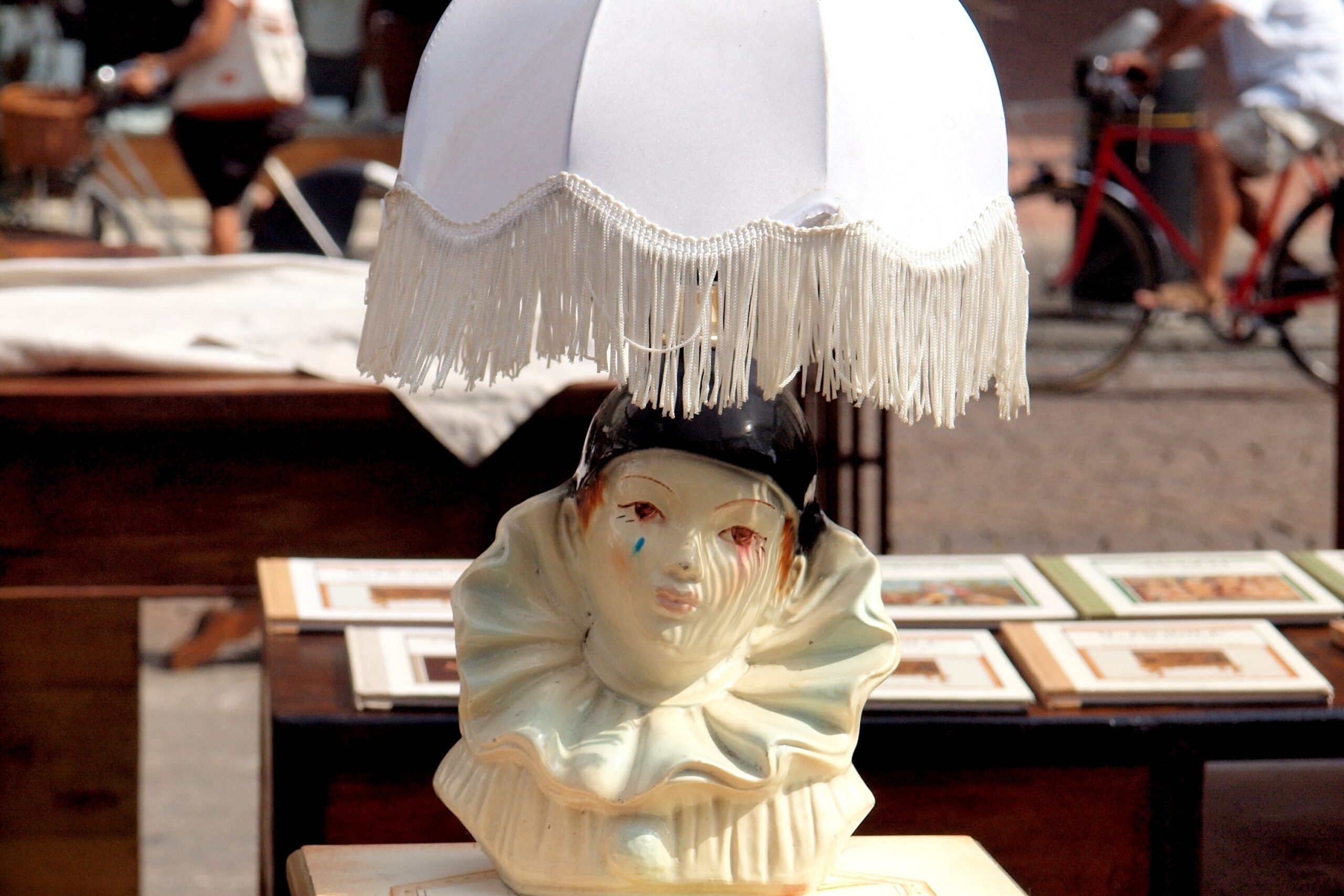
Clown-themed products may seem a little offbeat today, but back in the ’60s and ’70s, the Clown Lamp was a wildly popular mail-order item. The lamp featured a porcelain clown figurine holding a lightbulb, creating a quirky yet charming addition to any child’s room. While many found them whimsical and fun, others couldn’t help but be unnerved by the eerie look of the clown’s painted face.
Despite the mixed feelings about their appearance, Clown Lamps were a beloved part of home décor during that era. They were often advertised in catalogs as a must-have accessory for young families, and they sold in droves. Whether you found them delightful or unsettling, they became a distinctive symbol of mid-century kitsch. Their place in pop culture remains, often making an appearance in nostalgic home décor collections.
7. The Glow-in-the-Dark Stars
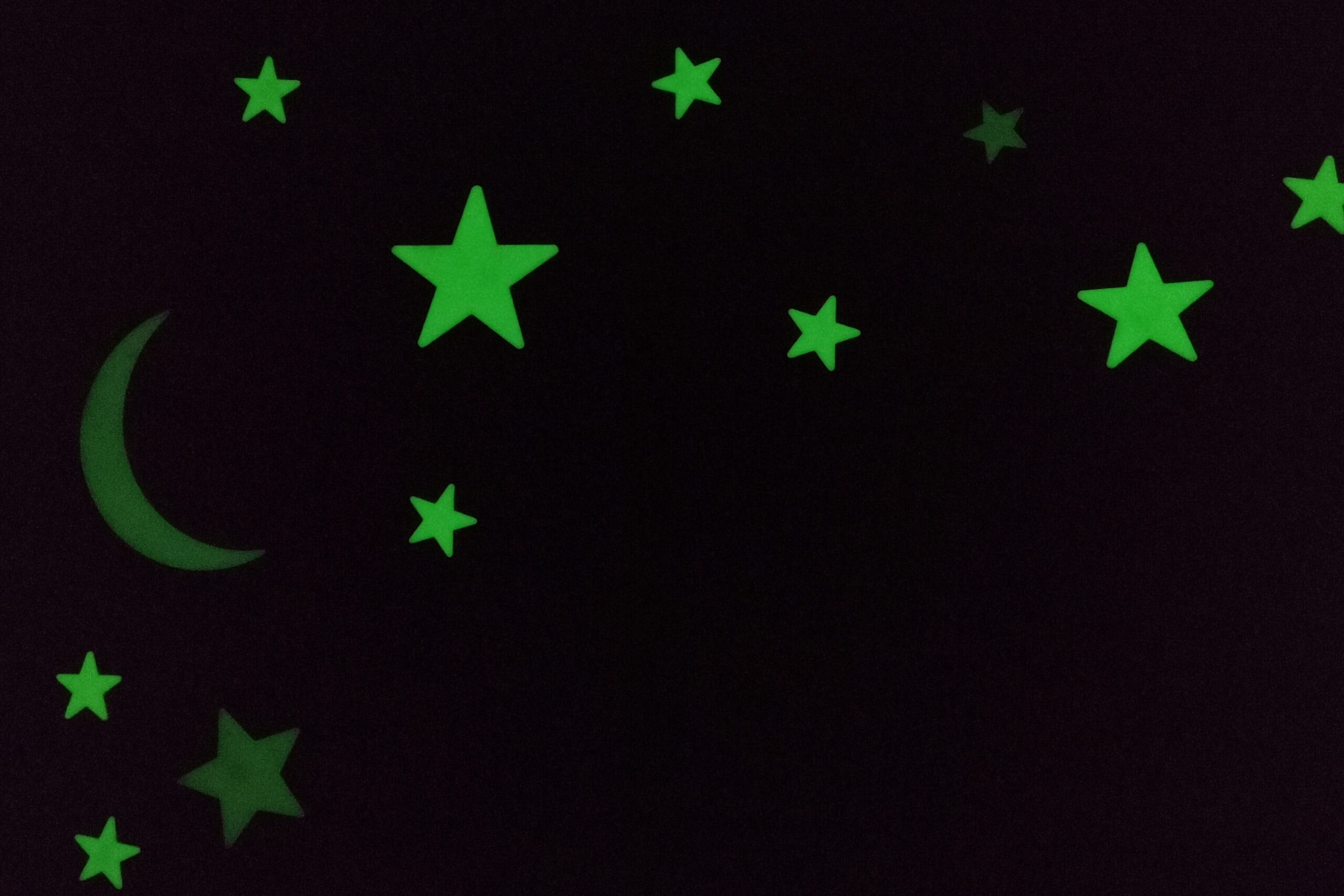
Glow-in-the-dark stars are another product that took off in mail-order catalogs during the ’80s. These small, sticky plastic stars could be arranged on bedroom ceilings to create a nighttime galaxy effect. The idea of having your very own personal constellation was an exciting one, especially for kids fascinated by space.
As simple as they were, these glow-in-the-dark decorations gave children the opportunity to turn their rooms into a mini planetarium. The glow would last long enough to provide a comforting nightlight, making it easier to fall asleep. Though other forms of décor have since replaced them, these stars remain a nostalgic part of childhood for many people. Today, similar products are still available, but they don’t quite capture the magic they once did in the pre-internet age.
8. The Spirograph Drawing Kit
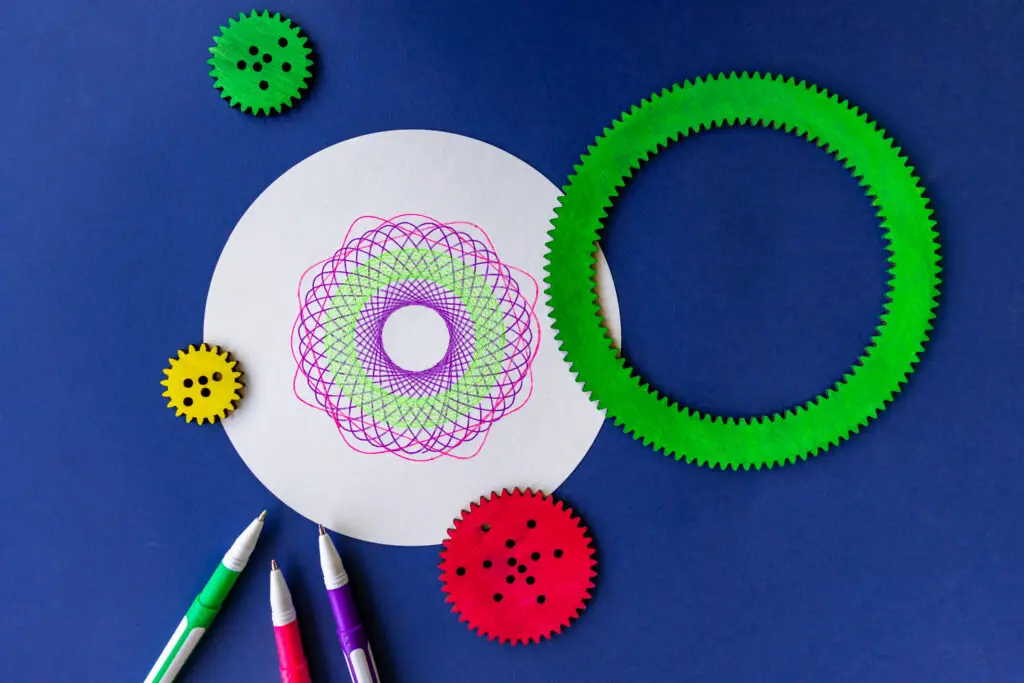
Spirograph was a drawing kit that made intricate, swirling designs with the turn of a pen. It became a household name in the ’70s, and you could find it in mail-order catalogs as a creative way to pass the time. It wasn’t just a toy; it was a hobby, allowing people to create mesmerizing patterns that felt almost like magic.
What made Spirograph so captivating was the endless possibilities it offered. You could create geometric art, test out different colors, and experiment with various designs. It wasn’t just for kids—many adults loved the meditative process of drawing with it too. The toy has had a resurgence in recent years, thanks to a renewed interest in vintage toys, but it was undeniably a staple of mid-century mail-order fun.
9. The Button Badge Maker
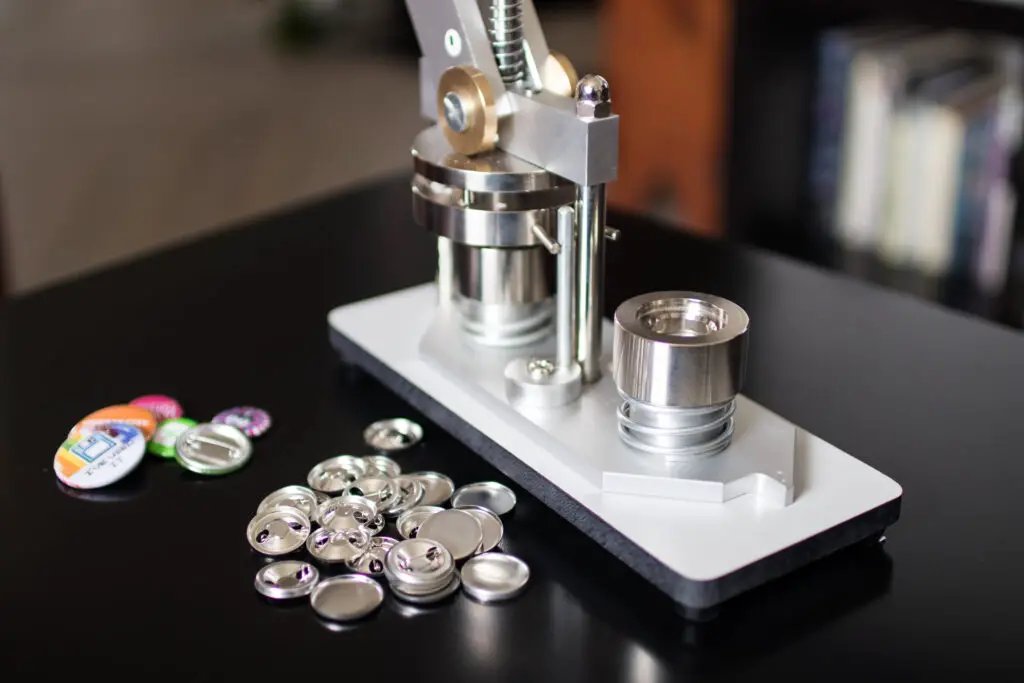
In the late ’70s and early ’80s, creating your own buttons became the latest crafting craze. Sold through catalogs, button badge makers allowed you to design and produce custom badges to wear, trade, or sell. The kits included button templates, pin-back parts, and colorful designs that could be added to the badges.
The fun wasn’t just in the creation process but also in showing off your unique designs to friends. Whether it was a political slogan, a favorite band logo, or a silly phrase, the buttons were a form of self-expression. Over time, the fad faded, but button-making remains a nostalgic craft for many. These kits represented a simple, creative outlet, and they captured the spirit of DIY culture that was so prevalent in the ’80s.
10. The Velvet Art Posters
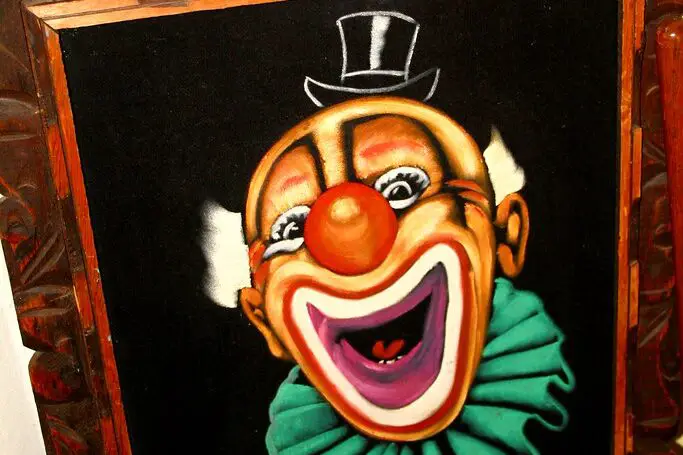
Velvet art was a unique type of poster that featured bright, bold designs outlined in velvet. These posters, typically of animals, flowers, or abstract designs, could be colored in with markers or paints. While they seem kitschy now, they were once a go-to item in mail-order catalogs, particularly during the ’70s.
What made them so popular was how satisfying it was to fill in the velvety outlines with color. It gave the art a certain texture that regular posters didn’t have. Velvet posters were marketed as both a fun craft activity and a way to brighten up your room. The trend may have passed, but it remains a nostalgic piece of ’70s pop culture, often referenced in vintage shops and flea markets.
11. The Instant Picture Camera
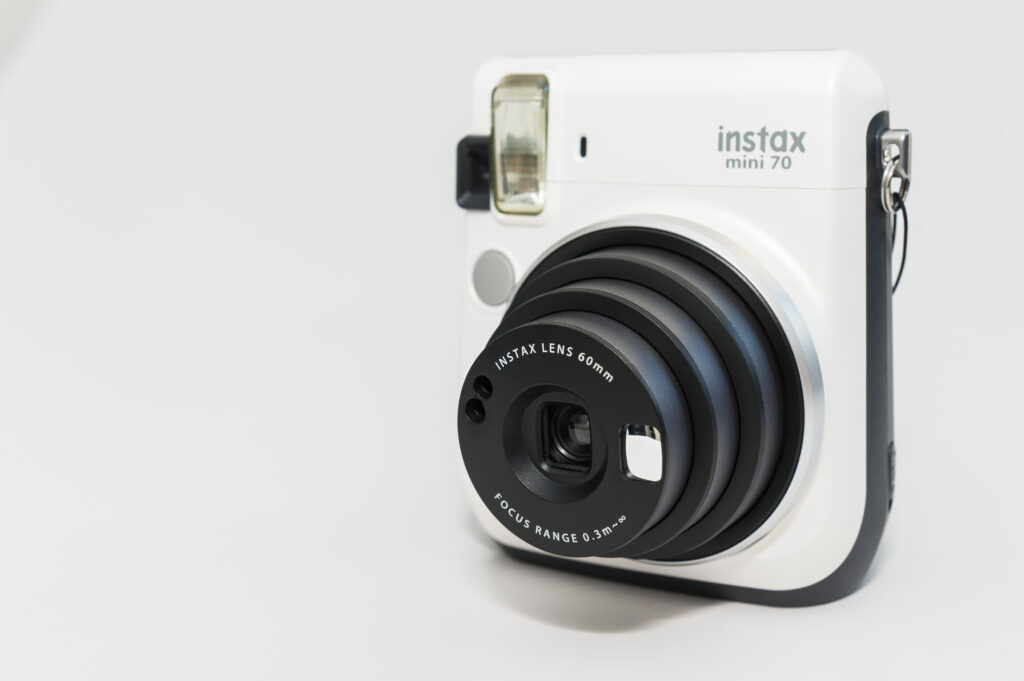
Before smartphones, there was the instant camera. Popularized by Polaroid, these cameras allowed you to snap a photo and watch it develop right before your eyes. They became a must-have item, frequently appearing in mail-order catalogs as a way to instantly capture memories.
While modern digital cameras have since replaced them, the instant camera offered something truly magical: instant gratification. The moment you pressed the shutter, you were guaranteed a physical copy of your image. Despite their outdated technology, Polaroid cameras still have a loyal following today, and many people swear by the nostalgic feel of a physical photo.
12. The Finger Skateboard
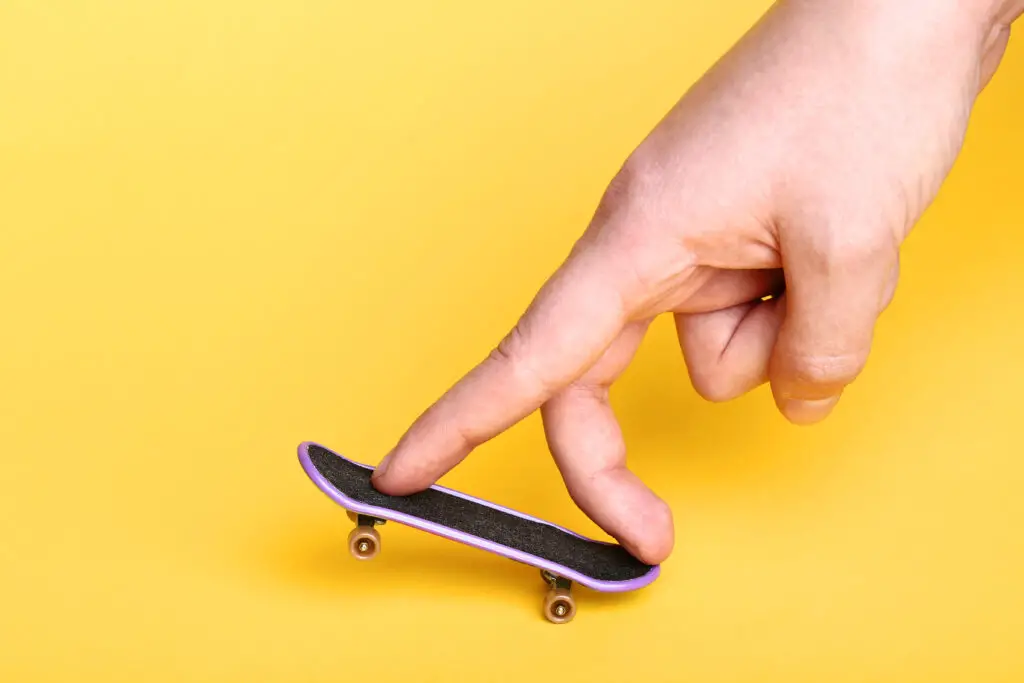
Finger skateboards were tiny plastic replicas of real skateboards that you could ride with your fingers. Introduced in the ’90s through mail-order catalogs, they quickly gained popularity among kids who loved skateboarding culture but didn’t have the space to ride actual skateboards indoors.
The trick was to master all the flips, grinds, and ollies you’d see in full-scale skateboarding, but with just your fingers. It became a way to practice your tricks virtually anywhere. Though finger skateboards have faded from the spotlight, they left an impression on the kids who spent hours mastering tricks and showing off their skills to friends. These tiny skateboards may not have replaced the real thing, but they certainly provided a fun, portable alternative.
13. The Electric Foot Warmer
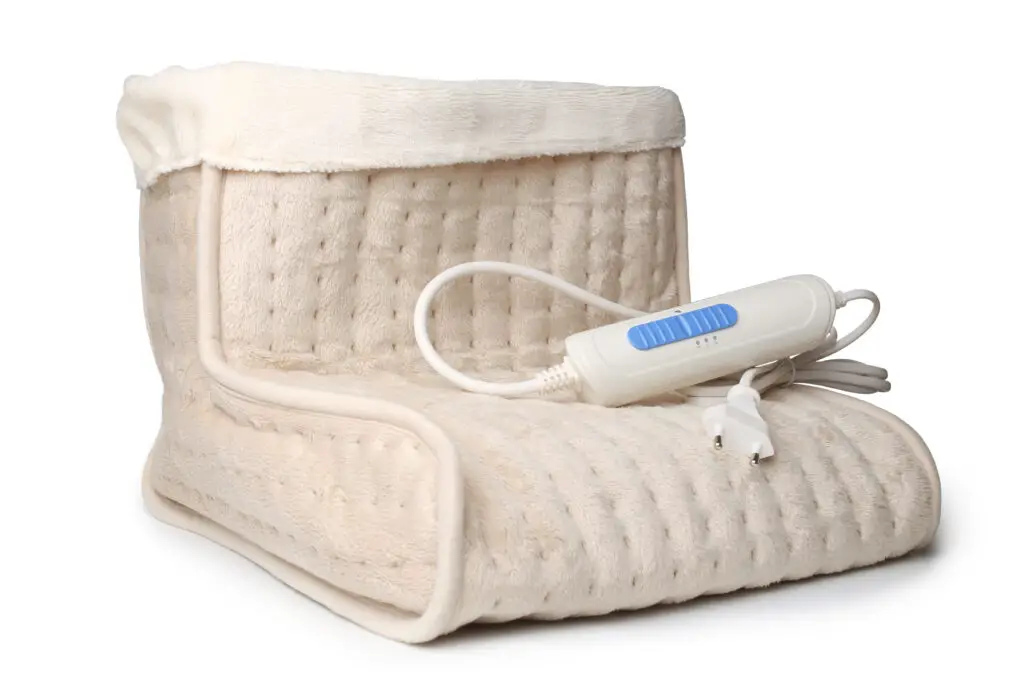
Back in the ’70s, mail-order catalogs sold a range of heated items, but the electric foot warmer was one of the most popular. It was essentially a small, electric blanket designed to keep your feet toasty on cold winter nights. Perfect for those with chilly houses or drafts, the foot warmer was an affordable solution to enduring long, cold evenings.
The allure was undeniable—just plug it in, slip your feet in, and enjoy the warmth. Unlike heating pads or blankets, these were specifically designed for your feet, making them especially cozy during the colder months. While modern space heaters have since replaced them, electric foot warmers remain a nostalgic item for those who remember their first cozy experience.
14. The Magic 8-Ball
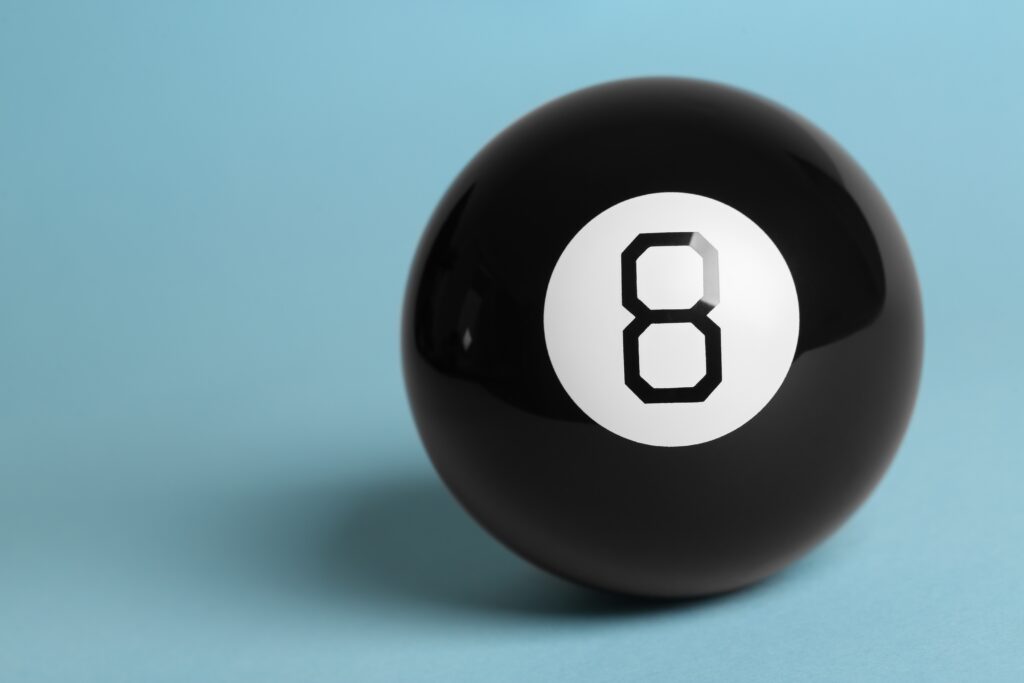
The Magic 8-Ball became a must-have toy during the ’80s and ’90s, thanks to its simple yet captivating concept: ask it a question, shake it, and then get an answer. It wasn’t just a toy—it was a fun way to bring some mystery and fortune-telling into your life. Sold in mail-order catalogs, the Magic 8-Ball quickly became a favorite for kids and adults who wanted a quirky way to answer their burning questions.
Despite its simple plastic design and water-filled interior, the Magic 8-Ball was a cultural phenomenon. People would crowd around it during sleepovers or parties, shaking it eagerly to see what fate had in store for them. Though it’s no longer as popular, the Magic 8-Ball still holds a place in pop culture as one of the quirkiest mail-order trends of all time.
